There’s something deeply satisfying about exploring landscapes on horseback—a connection to both nature and human history that modern transportation can’t replicate. The rhythmic motion, elevated vantage point, and ability to reach places inaccessible to vehicles create an experience that’s both meditative and adventurous. Across America, certain towns have emerged as exceptional destinations for equestrian travelers, offering extensive trail systems, knowledgeable outfitters, and cultures that celebrate horse heritage.
Here is a list of 15 remarkable towns where visitors can experience diverse landscapes from the saddle.
Moab, Utah

Utah’s adventure capital isn’t just for mountain bikers and Jeep enthusiasts—horseback riding provides a quieter way to experience the region’s iconic red rock landscapes. Local outfitters offer rides ranging from two-hour sunset trips to multi-day backcountry expeditions through terrain featured in countless Western films.
The contrast between your horse’s hoofbeats and the profound silence of the desert creates a meditative experience unlike anywhere else. Advanced riders particularly appreciate the challenging terrain that showcases the remarkable sure-footedness of well-trained trail horses.
Jackson, Wyoming

This Wyoming gateway to Grand Teton National Park maintains deep connections to cowboy culture, with numerous ranches offering authentic Western riding experiences. Summer visitors can join weeklong pack trips into the surrounding wilderness, while winter brings unique opportunities for horseback riding through snow-covered landscapes.
The region’s significant elk population offers wildlife viewing opportunities comparable to safari experiences—all against the backdrop of the jagged Teton mountain range. Multi-generational ranching families operate many local outfitters, sharing knowledge passed down through decades of horsemanship.
Like Travel Pug’s content? Follow us on MSN.
Sedona, Arizona

Arizona’s red rock wonderland offers horseback riders otherworldly landscapes of crimson cliffs, green valleys, and expansive vistas. The Verde Valley surrounding town features numerous trails appropriate for all skill levels, from gentle meadow rides to challenging climbs with panoramic rewards.
Many local guides incorporate information about Indigenous history and medicinal plants into their tours, adding educational components to the scenic experience. Evening rides prove particularly magical as the setting sun intensifies the already vibrant colors of the surrounding sandstone formations.
Bandera, Texas

Self-proclaimed “Cowboy Capital of the World,” this Texas Hill Country town embraces its Western heritage through rodeos, dance halls, and numerous guest ranches catering to equestrian travelers. The surrounding landscape of rolling hills, oak groves, and spring-fed creeks creates varied terrain for riders of all abilities.
Several ranches offer weeklong immersive experiences where guests participate in actual cattle work—moving herds between pastures and experiencing authentic ranch life beyond tourist-oriented trail rides. The town’s Main Street still features hitching posts where riders can tie up outside historic saloons.
Durango, Colorado
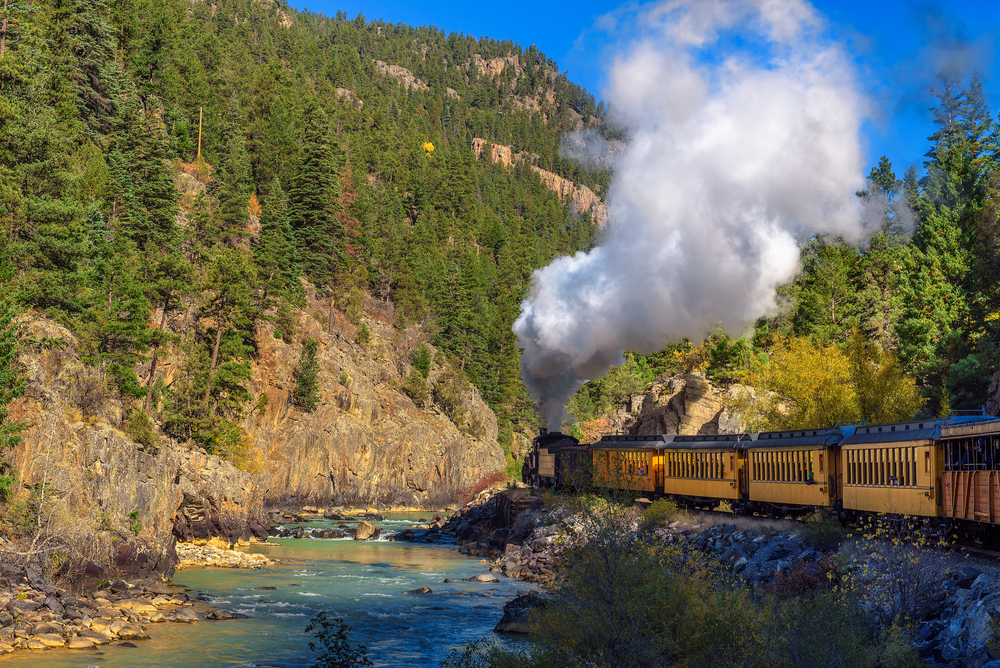
This Colorado mountain town serves as both a working railroad hub and gateway to some of the state’s most spectacular backcountry riding opportunities. The surrounding San Juan Mountains offer alpine meadows bursting with wildflowers during summer months and golden aspen groves during fall.
Several outfitters specialize in wilderness pack trips, accessing areas reachable only by horse or foot, offer genuine backcountry experiences far from crowds. The town’s historic relationship with horses continues through events like Fiesta Days, featuring equestrian competitions that draw participants from throughout the Southwest.
Asheville, North Carolina
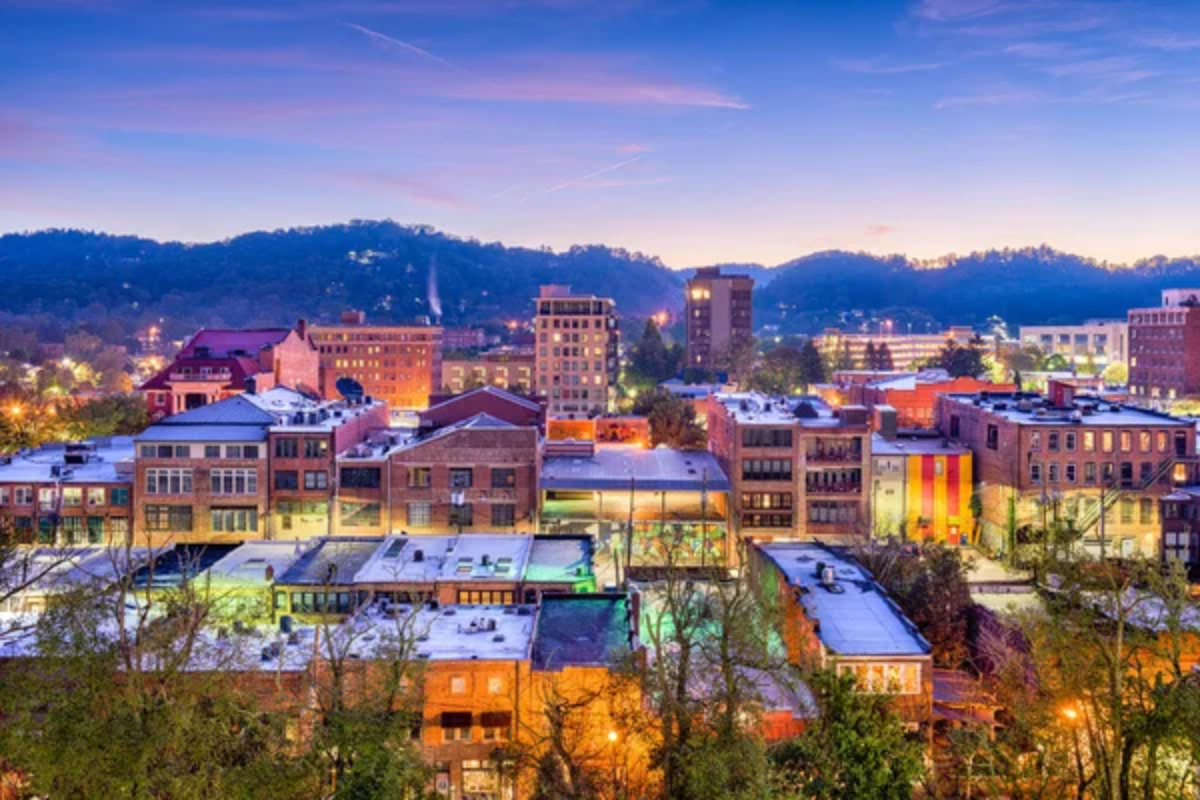
North Carolina’s creative mountain hub provides access to some of the East’s most diverse riding terrain, from rhododendron tunnels to mountain waterfalls. The surrounding Blue Ridge Mountains feature extensive trail networks through mixed hardwood forests that provide shade during summer and spectacular foliage during autumn.
Several historic estates, including Biltmore, offer guided trail experiences that combine natural beauty with glimpses into Appalachian history and culture. The region’s moderate climate allows comfortable riding nearly year-round, with each season offering distinct landscapes.
Sisters, Oregon

This small Oregon town embraces Western aesthetics while providing access to stunning mountain trails through the Cascade Range. The nearby Three Sisters Wilderness features alpine meadows, volcanic landscapes, and mountain lakes accessible via horseback.
The town serves as headquarters for the Sisters Trails Alliance, which maintains multi-use paths throughout the region with particular attention to equestrian needs. The annual Sisters Rodeo draws riders from throughout the Pacific Northwest, celebrating the town’s continuing connection to horse culture despite its evolution into an arts destination.
Middleburg, Virginia
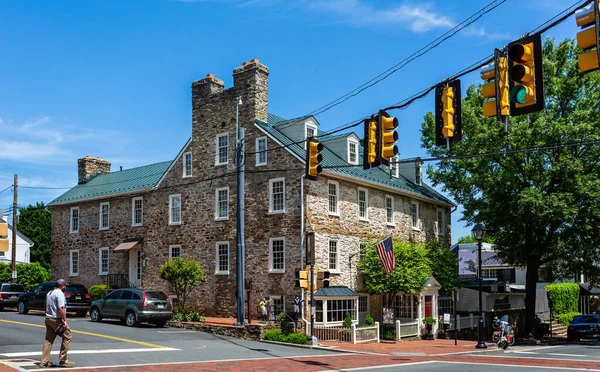
Virginia’s horse country offers a different equestrian experience centered around rolling pastures, historic estates, and the nation’s oldest foxhunting tradition. The surrounding Loudoun County features miles of trails crossing private properties made accessible through conservation easements and cooperative landowner agreements.
Several historic estates offer guided rides through landscapes virtually unchanged since the Revolutionary era, passing stone walls and hardwood forests that define Virginia’s countryside. The town’s National Sporting Library & Museum houses one of America’s finest collections of equestrian art and literature.
Santa Fe, New Mexico

New Mexico’s artistic capital provides riders access to high desert landscapes where Native American, Spanish colonial, and Anglo ranching traditions have shaped both the culture and terrain. Multiple outfitters operate in the surrounding Sangre de Cristo Mountains, offering experiences ranging from desert arroyo explorations to alpine forest rides above 10,000 feet.
Several riding experiences incorporate visits to ancient petroglyphs or historic homesteads, adding cultural context to natural beauty. The region’s exceptional quality of light—which has attracted artists for generations—creates photographic opportunities that capture the unique relationship between horses and the Western landscape.
Bigfork, Montana

Montana’s scenic lakeside town provides access to some of America’s most spectacular wilderness riding amid the northern Rocky Mountains. The nearby Bob Marshall Wilderness Complex offers more than a million acres of roadless terrain where multi-day horse-packing trips provide genuine immersion in pristine landscapes.
Local outfitters maintain tent camps deep in the wilderness, allowing visitors to experience Montana’s backcountry much as early explorers did—from horseback with only essential supplies. The region’s significant wildlife populations create opportunities for viewing elk, moose, and occasional predators from the saddle.
Granby, Colorado
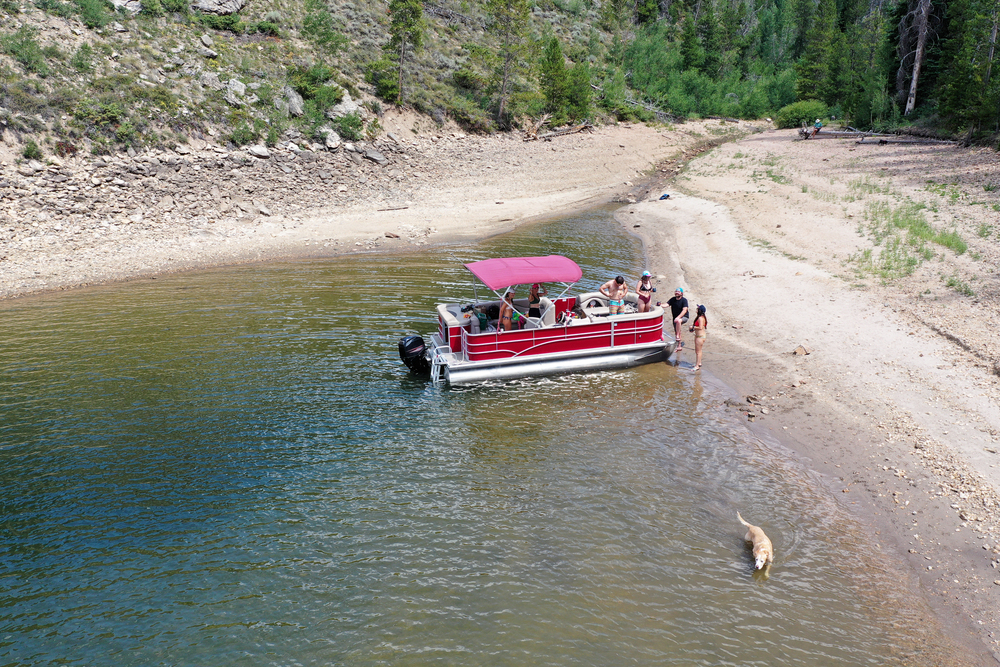
This Colorado mountain town serves as a gateway to both Rocky Mountain National Park and expansive ranch lands, offering diverse riding experiences. Several guest ranches provide weeklong programs where visitors progress from arena instruction to increasingly challenging trail rides through varied terrain.
The nearby Arapaho National Forest features subalpine meadows that burst with wildflowers during summer months, creating kaleidoscopic landscapes best appreciated at a horse’s deliberate pace. The town’s ranching heritage continues through events like Middle Park Fair & Rodeo, celebrating the area’s continuing connection to working horse traditions.
Woodstock, Vermont

Vermont’s quintessential New England town offers an entirely different riding experience through covered bridges, maple forests, and pastoral landscapes that showcase all four seasons. The surrounding countryside features a network of dirt roads connecting small farms and woodland trails maintained by the Green Mountain Horse Association—one of the nation’s oldest equestrian organizations.
Fall rides through woods ablaze with autumn colors create bucket-list experiences for many equestrians, combining perfect weather with spectacular scenery. Several historic farms offer trail experiences suitable for novices while providing authentic glimpses into Vermont’s agricultural traditions.
Fredericksburg, Texas
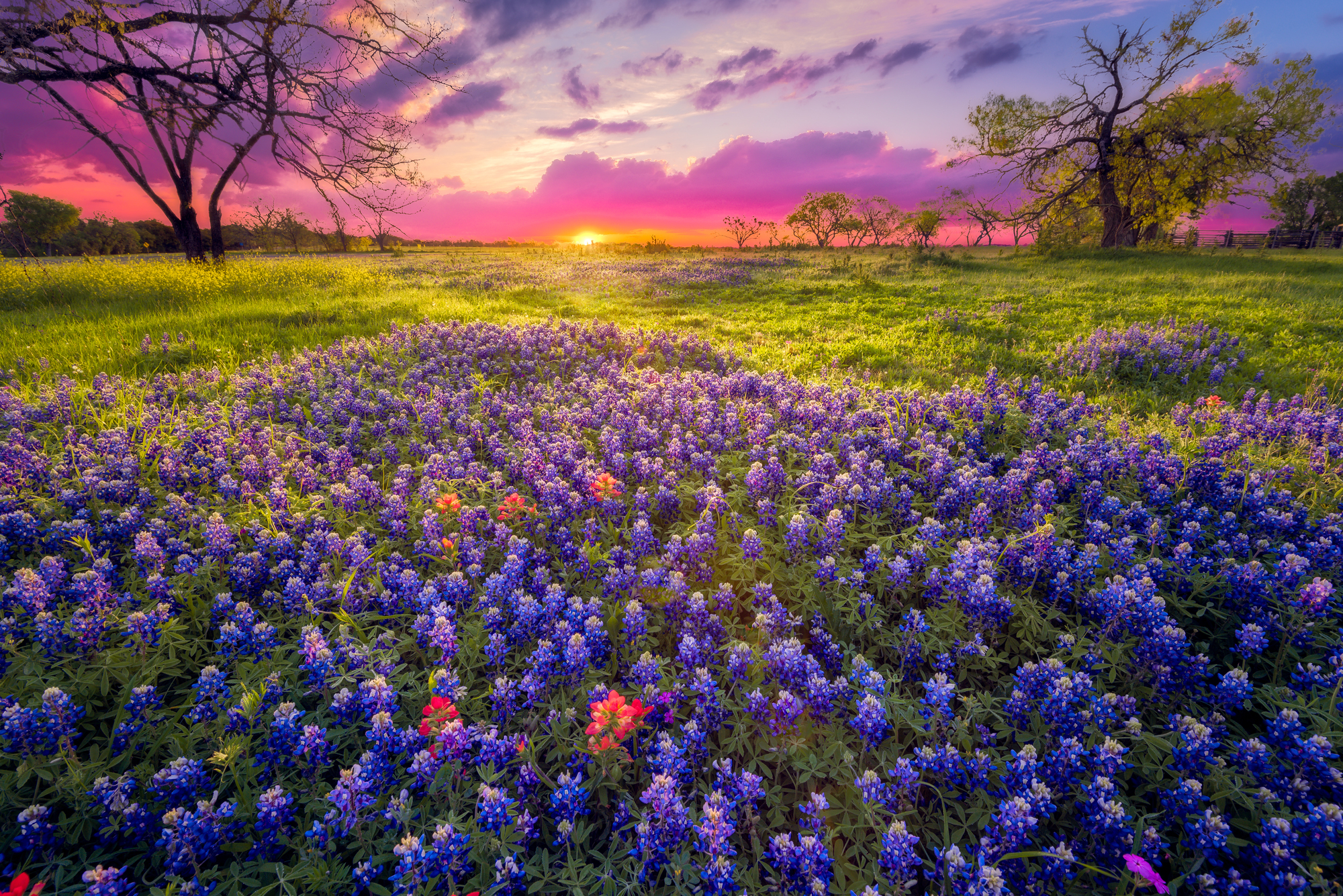
This historic Texas town combines German heritage with Texas Hill Country landscapes to create distinctive riding experiences through rolling terrain dotted with granite outcroppings. The nearby Enchanted Rock State Natural Area permits equestrian access to trails around its massive pink granite dome, creating otherworldly riding experiences.
Several ranches offer overnight packages that combine trail riding with accommodations in historic cabins and authentic German-Texan cuisine that reflects the region’s unique cultural heritage. Spring brings spectacular wildflower displays that transform pastures into carpets of bluebonnets and Indian paintbrush.
Auburn, California

Located in California’s historic Gold Country, this Sierra foothills town is headquarters for one of endurance riding’s most prestigious events—the Tevis Cup 100-mile trail ride. The surrounding landscape features deeply forested canyons, historic mining sites, and challenging terrain that attracts serious distance riders from across the globe.
The extensive Western States Trail system passes through diverse ecosystems ranging from oak woodlands to alpine forests, offering options for rides lasting from hours to multiple days. Several local stables cater specifically to visiting riders wanting to experience sections of these legendary trails without committing to ultra-distance events.
Hot Springs, Arkansas
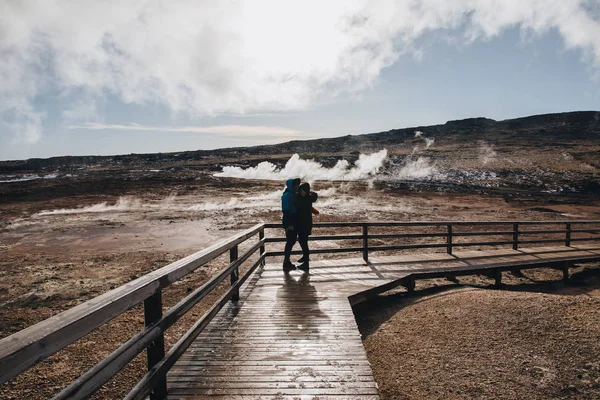
This Arkansas resort town combines the southern Ouachita Mountains with a rich spa culture, creating opportunities for rides through forested terrain followed by therapeutic soaks. The surrounding Ouachita National Forest offers hundreds of miles of trails winding through hardwood forests, alongside clear mountain streams, and up to scenic vistas overlooking the rolling mountain landscape.
Several outfitters operate from historic ranches that have offered horseback experiences to visitors since the town’s heyday as America’s premier spa destination. The moderate climate allows comfortable riding nearly year-round, with distinct seasonal experiences ranging from spring woodland wildflowers to vibrant autumn foliage.
Urban Equestrian Experiences
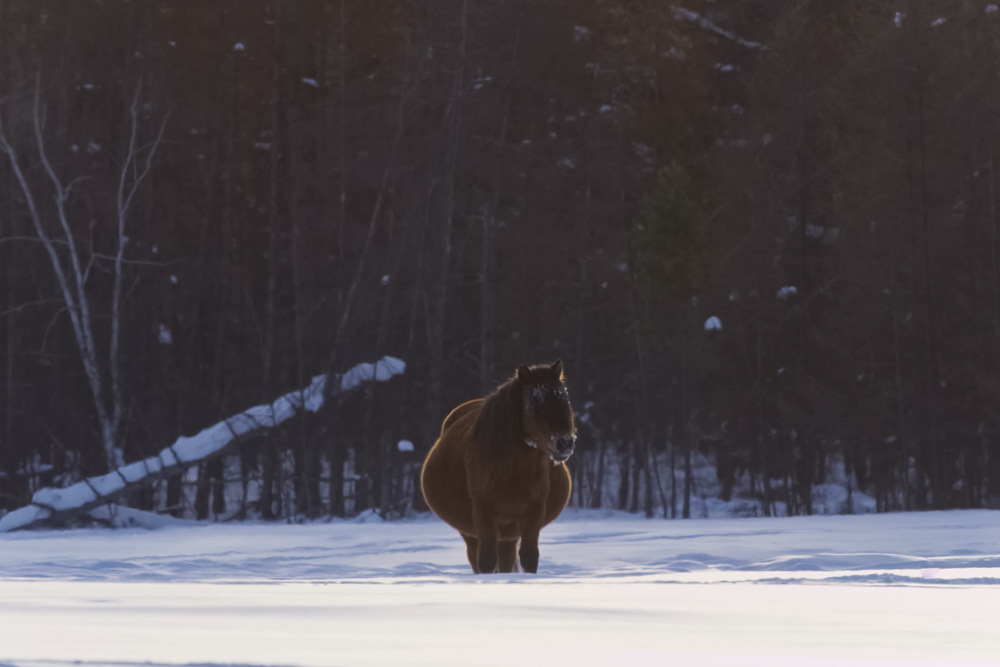
While Western trail towns dominate this list, several metropolitan areas have preserved exceptional riding opportunities within their greenbelts or adjacent public lands. Cities like Tucson, Arizona; Denver, Colorado; and San Antonio, Texas, maintain urban trail systems specifically designed to accommodate equestrians alongside other users. These urban riding opportunities make horseback experiences accessible even to travelers with limited time or transportation.
From desert canyons to alpine meadows, New England villages to Western ranch lands, America’s diverse landscapes offer equally diverse horseback riding experiences. The towns on this list have embraced their equestrian heritage while developing infrastructure that welcomes visitors seeking authentic connections with both horses and landscapes. Whether you’re an experienced rider planning a weeklong wilderness pack trip or a novice looking for a gentle introduction to trail riding, these destinations provide gateways to experiences that combine natural beauty, physical challenge, and the timeless partnership between humans and horses.
More from Travel Pug

- Cities Growing so Fast You Won’t Recognize Them in 10 Years
- 13 Destinations Where Tourists Regularly Regret Their Trip
- 16 U.S. Cities That Are Quietly Becoming Travel Hotspots
- Where to Travel If You Love Long Bus Rides and Daydreams
- 20 Cities Perfect for Solo Travelers Who Crave Adventure & Culture
Like Travel Pug’s content? Follow us on MSN.
